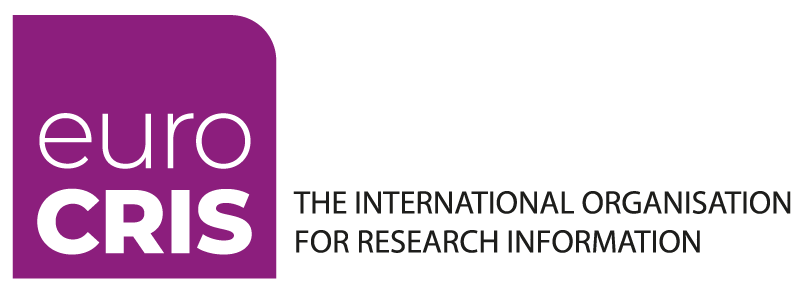The virtual 2020 VIVO annual conference last week offered an opportunity to catch up with the PIDINST project via a presentation of the initiative by Markus Stocker from the Technische Informationsbibliothek (TIB, Technical Information Library) in Hannover. The slides and recording for the presentation are not yet available online but will soon be – an earlier version (2017) was deposited in Zenodo.
This bottom-up exploration of a community-driven solution for globally unambiguous and persistent identification of operational scientific instruments seems a key workline in the Open Science domain, as it would help to both expand and consolidate the research graph concept underpinning the research modelling as promoted by DataCite. In this sense, this PIDINST is closely aligned with other bottom-up initiatives the TIB is involved in like the ConfIDent project to assign persistent identifiers to conferences and events. The initiative – whose progress up to date is summarised in a recently published paper in Ubiquity Press’s Data Science Journal – is the result of the work by the Research Data Alliance (RDA) Working Group (WG) Persistent Identification of Instruments (PIDINST).
When the presenter was asked whether there were any research funders involved in the PIDINST work to date, the answer was that same as other RDA-driven initiatives, PIDINST was mainly aimed to serve researchers.
It is however worth noting that there are plenty of parallel initiatives going on in order to identify and describe research equipment and facilities – if maybe not (or not yet) to assign them persistent identifiers. These initiatives are usually being led by institutions (or, more generally, research-performing organisations) interested both in holding a proper inventory of what they have at hand and in potentially showcasing their range of facilities to external stakeholders (such as Industry) for their use within specific partnerships.
These are also bottom-up efforts of sorts, and it’s only through national-level initiatives like the EPSRC-funded, Jisc-led equipment data project that some of these institutional advances are being pooled up. The Jisc lead have in fact been publishing interesting case studies on the sharing of specific pieces of research equipment and facilities at UK universities as a blog.
Institutions are these days introducing systems for the management of their research equipment, which of course include a description for the equipment – if perhaps not always via a standardised metadata set – plus other internally critical info such as location, contact details for the team in charge of the instrument/facility or a record for the equipment’s downtime for calibration.
It is however research funders like the EPSRC in the UK who are ultimately pushing for the sharing of research equipment – these are very expensive investments and it doesn’t make sense for their use to remain restricted to the institution that happens to officially host them. Cutting-edge research facilities like the University of Edinburgh-hosted FLOwave for ocean energy research are not just being used across a wide range of research collaborations at a national and international level, but are increasingly becoming part of regional networks of research facilities able to serve a whole research domain.
Some of the aspects addressed by Markus Stocker during the post-presentation discussion can only be conceived as part of a researcher-led, bottom-up initiative – such as exploring the multiple research instruments that compose a complex research facility or the possibility of working with manufacturers of research equipment to collect standard metadata descriptions for their products that can be used across actual exemplars across institutions and countries. But there is an elegance in the way all these initiatives are complementary to each other.
It is then critical to bridge the gap between stakeholders involved in the identification (persistent and otherwise) of research equipment and facilities. The gaps are substantial at this stage, involving not just a range of national-level actors like institutions and research funders that are only recently starting to see some coordination in some countries; there is also a significant coordination effort required at an international level in order to raise and share emerging best practice case studies, since research is a deeply international endeavour and research facilities used in international projects may be based in any of the partnering countries.
This coordination is very ambitious and will no doubt take its time, but in the meantime it is inspiring to see so many initiatives working in parallel towards the same objective. It would be worth making this effort for the persistent identification of research equipment and facilities a relevant part of the emerging EOSC infrastructure.


